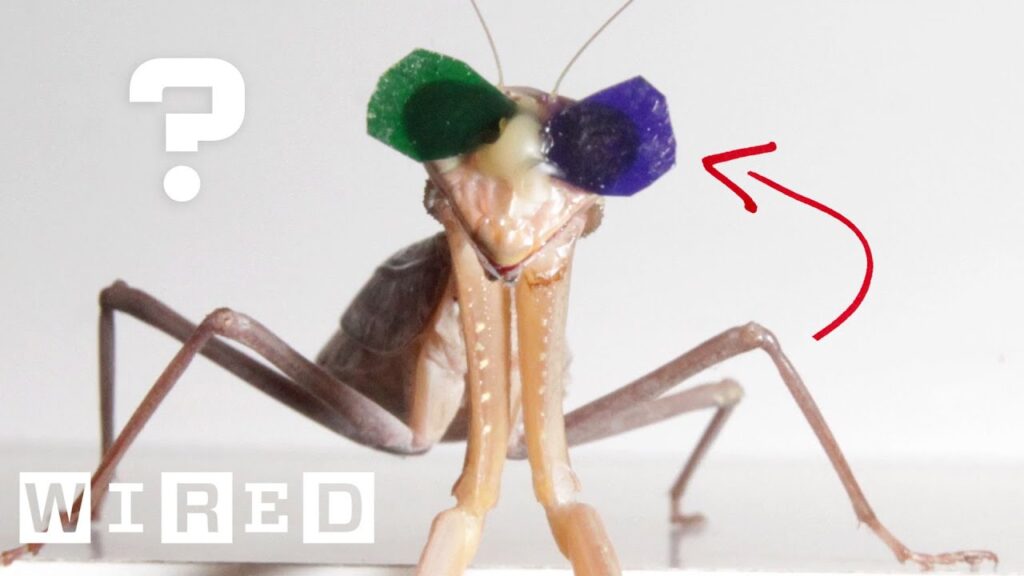Food in Space: How Astronauts Eat
Summary
In this article, we explore the differences between food on Earth and in space. Astronauts have limited space and resources, which means their food is processed and packaged at the Johnson Space Center. The menu is pre-planned for six months, and fresh food is limited. We also discuss the challenges of managing food in space, such as rotten fruit and individualized meals. Overall, food in space is designed to be simple and easy to consume while providing the necessary nutrients for the astronauts.
Table of Contents
- Preparing Food in Space
- Challenges of Managing Food in Space
- Mealtime in Space
Preparing Food in Space
Mike Massimin, a former astronaut who went on missions to the Hubble Space Telescope, talks about the differences in food between Earth and space. In space, the food is prepared by a food technologist in a food lab at the Johnson Space Center. Astronauts rate the food on a scale of one to nine, and some of Massimin’s favorites include macaroni and cheese, lasagna, tortellini, ravioli, and spaghetti and meatballs.
In space, food needs to be compact, easy to prepare, nutritious, and tasty. Astronauts have limited space and resources, so their food is processed and packaged at the Johnson Space Center. The food needs to have a liquid consistency to prevent crumbs and be easy to contain. Tortillas are a popular option as they are thin and versatile. Astronaut ice cream is not enjoyed by astronauts and is often sold in museums. The menu is pre-planned for six months, and fresh food is limited. Refrigeration is available on the space station, but not on the space shuttle. Overall, food in space is designed to be simple and easy to consume while providing the necessary nutrients for the astronauts.
Challenges of Managing Food in Space
As an astronaut, one of the challenges is managing food in space. Rotten fruit is a problem as there is no proper way to dispose of it. Dieticians plan the meals based on the individual’s size and caloric intake. The meals are individualized and color-coded, but experienced astronauts can swap food items by peeling off the dots.
Mealtime in Space
Breakfast is during the post-sleep period, and lunch is flexible, while dinner is generally a community meal on the space station. The Russians learned that having a table for a community meal is important for morale and bonding. On Earth, we cook in the kitchen, but in space, it’s different as there are no ovens or microwaves.
Conclusion
In conclusion, food in space is a unique experience for astronauts. The food is designed to be simple, easy to consume, and nutritious while providing the necessary energy for the astronauts. Managing food in space comes with its own set of challenges, but dieticians plan individualized meals to meet the needs of each astronaut. Mealtime in space is also different, with community meals being an essential part of maintaining morale and bonding.







